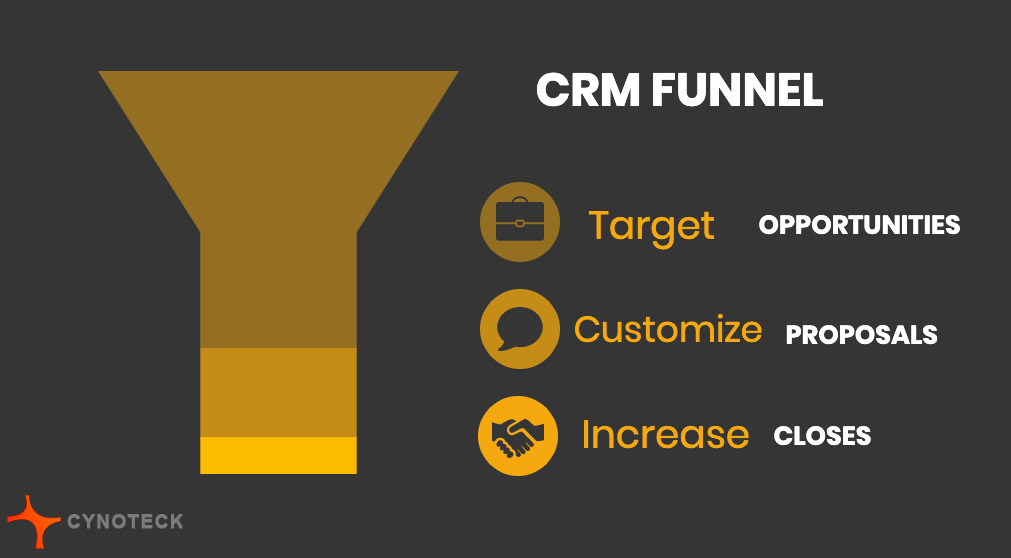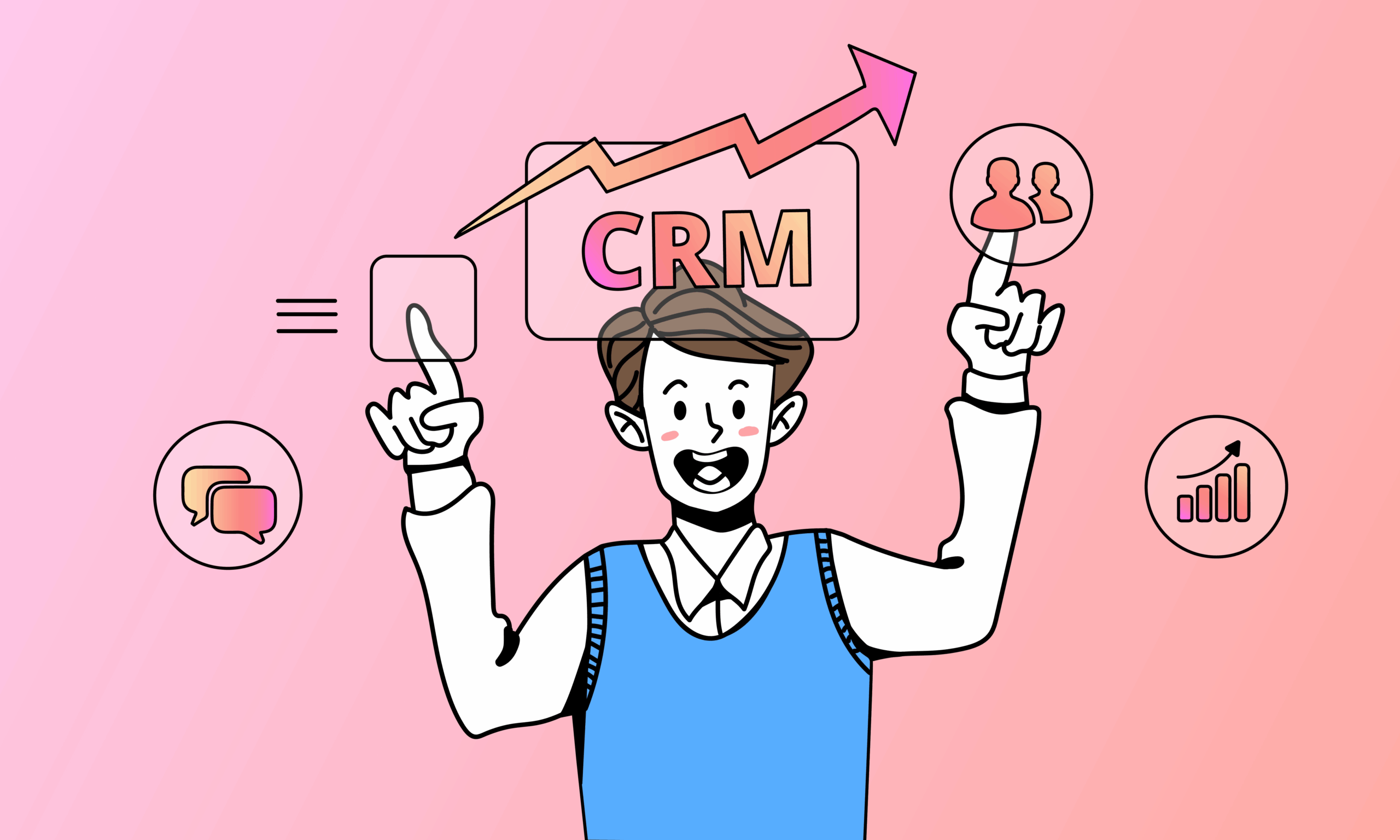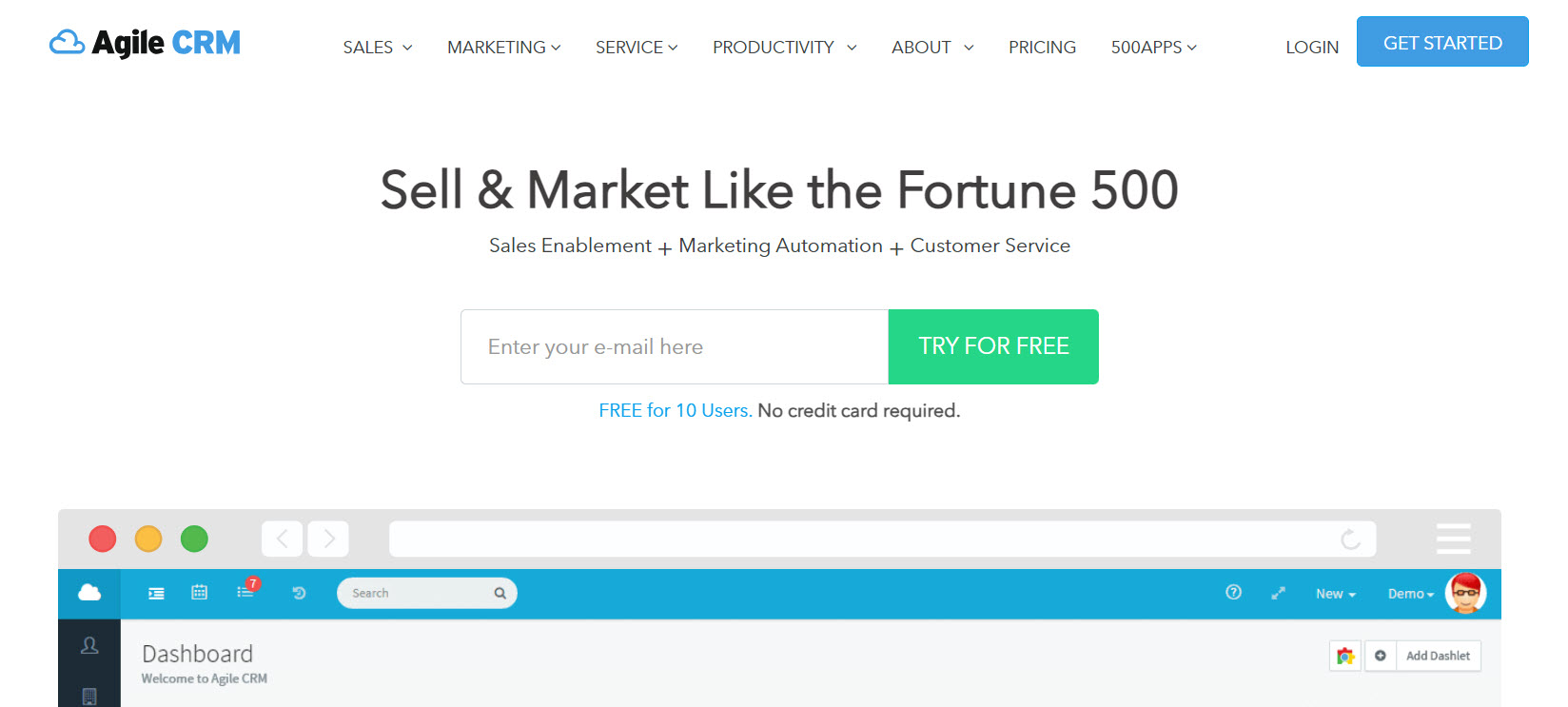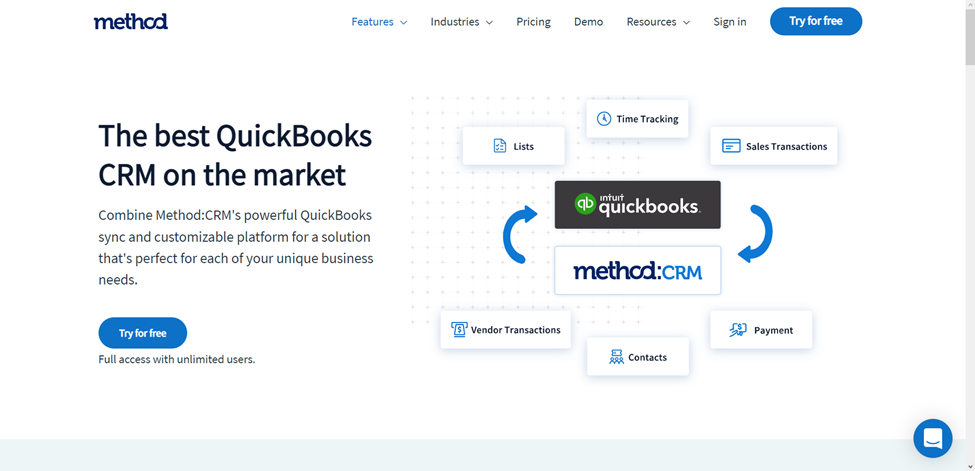Boost Your Business: Crafting Irresistible CRM Marketing Email Templates
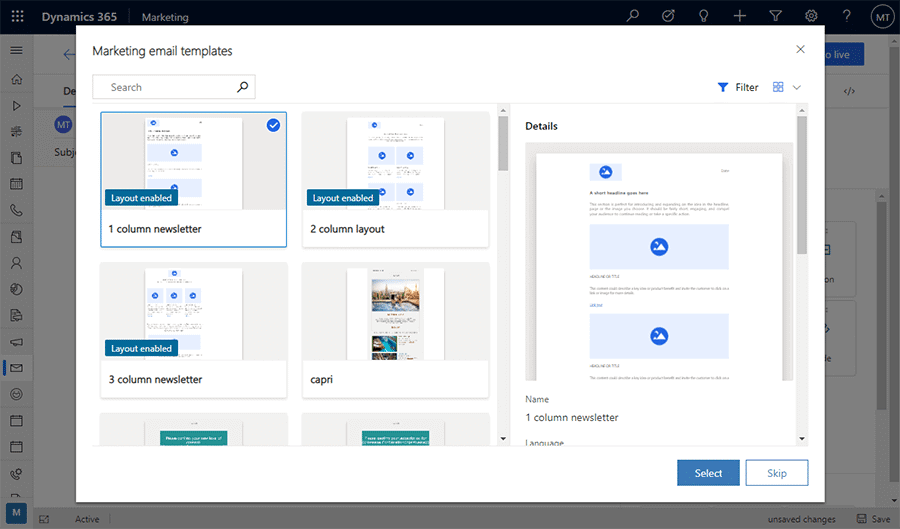
In the ever-evolving landscape of digital marketing, email remains a cornerstone of effective customer relationship management (CRM). It’s a direct line to your audience, a space where you can nurture leads, build brand loyalty, and drive conversions. But simply sending emails isn’t enough. To truly harness the power of CRM marketing, you need compelling email templates – messages that resonate with your subscribers and compel them to take action. This comprehensive guide will walk you through the art of crafting irresistible CRM marketing email templates, transforming your email campaigns from mundane to magnificent.
Why CRM Marketing Email Templates Matter
Before we dive into the specifics, let’s understand the ‘why’ behind CRM marketing email templates. These templates are more than just pre-written emails; they are strategic tools designed to:
- Personalize Communication: CRM systems allow you to segment your audience and tailor your messages to their specific needs and interests. Templates make this personalization seamless.
- Save Time and Resources: Creating emails from scratch for every campaign is time-consuming. Templates provide a solid foundation, allowing you to focus on content and strategy.
- Maintain Brand Consistency: Templates ensure your emails reflect your brand’s voice, tone, and visual identity, strengthening brand recognition.
- Improve Engagement: Well-designed templates with compelling content are more likely to capture attention and drive engagement, leading to higher click-through and conversion rates.
- Track Performance: CRM systems often integrate with email marketing platforms, allowing you to track key metrics and optimize your campaigns.
Building Blocks of a High-Converting CRM Email Template
Creating a successful CRM marketing email template involves more than just writing a few lines of text. It requires a strategic approach, considering various elements that contribute to its effectiveness. Here’s a breakdown of the essential building blocks:
1. Subject Lines: The First Impression
The subject line is the gatekeeper of your email. It’s the first thing your subscribers see, and it determines whether they open your email or send it straight to the trash. Crafting compelling subject lines is crucial. Here are some tips:
- Keep it Concise: Aim for a subject line that’s around 40-50 characters long to ensure it displays correctly on all devices.
- Personalize it: Include the recipient’s name or other relevant information to grab their attention.
- Create Urgency: Use words like “limited time,” “exclusive,” or “last chance” to create a sense of urgency.
- Highlight Value: Clearly communicate the benefits of opening the email, such as a discount, a free resource, or valuable information.
- Test and Optimize: A/B test different subject lines to see what resonates best with your audience.
2. Preheader Text: The Supporting Act
The preheader text is the short snippet of text that appears after the subject line in the inbox. It offers a second chance to entice your subscribers to open your email. Make the most of this opportunity by:
- Summarizing the Email’s Content: Give a brief overview of what the email is about.
- Adding a Call to Action: Encourage recipients to “read more,” “shop now,” or take another desired action.
- Matching the Subject Line: Ensure the preheader complements the subject line and provides additional context.
3. Email Body: The Main Event
The body of your email is where you deliver your message. Here’s how to make it engaging and effective:
- Personalization is Key: Use the recipient’s name, mention their past interactions with your business, or tailor the content to their specific interests.
- Write Compelling Content: Focus on providing value, whether it’s offering helpful information, sharing exclusive deals, or showcasing your products or services.
- Use a Clear and Concise Tone: Get to the point quickly and avoid jargon or overly complex language.
- Break Up Text with Visuals: Use images, videos, and other visual elements to make your email more appealing and easier to digest.
- Use White Space: Don’t overcrowd your email with text. White space helps to improve readability and draw attention to key elements.
- Maintain Brand Consistency: Use your brand’s colors, fonts, and logo to create a cohesive look and feel.
4. Call to Action (CTA): The Final Push
Your call to action is the most critical element of your email. It tells your subscribers what you want them to do. Make sure your CTA is:
- Clear and Concise: Use action-oriented language like “Shop Now,” “Learn More,” or “Get Started.”
- Visually Prominent: Make your CTA stand out with a button or other visual element that draws the eye.
- Placed Strategically: Include your CTA at the top, middle, and bottom of your email to increase the chances of it being seen.
- Mobile-Friendly: Ensure your CTA is easy to click on mobile devices.
5. Email Design: The Visual Appeal
The design of your email plays a significant role in its effectiveness. A well-designed email is visually appealing, easy to read, and consistent with your brand. Consider these design elements:
- Choose a Clean Layout: Avoid cluttered designs. Opt for a clean and organized layout that’s easy to navigate.
- Use High-Quality Images: Use professional-looking images that are relevant to your content.
- Optimize for Mobile: Ensure your email is responsive and looks good on all devices.
- Use a Consistent Color Palette: Use your brand’s colors to create a cohesive look and feel.
- Test Your Design: Send test emails to yourself and other team members to ensure everything looks good.
Types of CRM Marketing Email Templates
CRM marketing email templates can be used for a variety of purposes. Here are some common types, along with examples and best practices:
1. Welcome Emails: Making a Great First Impression
Welcome emails are sent to new subscribers or customers. They are an excellent opportunity to introduce your brand, set expectations, and encourage engagement. Examples include:
- Welcome to the Family: A warm and friendly email introducing your brand and what you offer.
- Account Confirmation: An email confirming the creation of an account or subscription.
- Exclusive Offer: An email offering a special discount or incentive to new subscribers.
Best Practices:
- Personalize the email: Use the subscriber’s name.
- Introduce your brand: Explain what you do and what value you provide.
- Set expectations: Let subscribers know what kind of emails they can expect to receive.
- Include a clear CTA: Encourage subscribers to explore your website, products, or services.
2. Promotional Emails: Driving Sales and Conversions
Promotional emails are designed to promote your products, services, or special offers. They are a powerful tool for driving sales and conversions. Examples include:
- Product Announcements: Emails announcing new product releases.
- Sales and Discounts: Emails promoting special offers and discounts.
- Holiday Promotions: Emails promoting seasonal sales and promotions.
Best Practices:
- Focus on the benefits: Highlight the value of your products or services.
- Create a sense of urgency: Use time-sensitive offers to encourage immediate action.
- Include high-quality images: Showcase your products or services with visually appealing images.
- Make it easy to purchase: Include a clear CTA that directs subscribers to your website or checkout page.
3. Nurture Emails: Building Relationships and Providing Value
Nurture emails are designed to build relationships with your subscribers and provide value over time. They help to keep your brand top-of-mind and move leads through the sales funnel. Examples include:
- Educational Content: Emails sharing blog posts, articles, or other valuable content.
- Tips and Tricks: Emails providing helpful tips and advice related to your products or services.
- Case Studies and Success Stories: Emails showcasing how your products or services have helped others.
Best Practices:
- Provide valuable content: Offer information that is relevant and helpful to your subscribers.
- Build trust: Position yourself as an expert in your field.
- Segment your audience: Tailor your content to the specific interests and needs of different groups.
- Include a clear CTA: Encourage subscribers to learn more or take the next step in their journey.
4. Transactional Emails: Keeping Customers Informed
Transactional emails are triggered by specific actions taken by your customers, such as making a purchase or creating an account. They provide important information and build trust. Examples include:
- Order Confirmation: Emails confirming a customer’s order.
- Shipping Notifications: Emails providing updates on the status of a shipment.
- Password Reset: Emails allowing users to reset their passwords.
Best Practices:
- Be clear and concise: Provide the essential information in a straightforward manner.
- Include relevant details: Include order numbers, tracking information, and other important details.
- Maintain brand consistency: Use your brand’s colors, fonts, and logo.
- Make it easy to contact support: Provide contact information for customer service.
5. Re-engagement Emails: Winning Back Lost Customers
Re-engagement emails are sent to subscribers who haven’t interacted with your emails in a while. They aim to rekindle their interest and bring them back into the fold. Examples include:
- We Miss You: Emails expressing your appreciation for the subscriber and inviting them to return.
- Exclusive Offers: Emails offering special discounts or incentives to reactivate their interest.
- Content Highlights: Emails showcasing your latest blog posts, articles, or other valuable content.
Best Practices:
- Personalize the email: Use the subscriber’s name and acknowledge their inactivity.
- Offer a compelling incentive: Provide a discount, free shipping, or other special offer.
- Remind them of the value: Highlight the benefits of subscribing to your emails.
- Make it easy to unsubscribe: Provide a clear and easy way for subscribers to opt-out if they’re no longer interested.
Crafting Effective CRM Email Templates: A Step-by-Step Guide
Now that we’ve covered the fundamentals, let’s walk through the process of crafting effective CRM email templates:
1. Define Your Goals
Before you start writing your email, define your goals. What do you want to achieve with this email? Are you trying to generate leads, drive sales, build brand awareness, or nurture relationships? Your goals will inform the content, design, and call to action of your email.
2. Know Your Audience
Understand your target audience. What are their interests, needs, and pain points? The more you know about your audience, the better you can tailor your message to resonate with them. Use your CRM data to segment your audience and personalize your emails accordingly.
3. Choose the Right Template Type
Select the appropriate template type based on your goals and audience. Will it be a welcome email, a promotional email, a nurture email, a transactional email, or a re-engagement email? Choosing the right template type will help you deliver the right message at the right time.
4. Write Compelling Content
Write clear, concise, and engaging content. Focus on providing value, highlighting the benefits of your products or services, and using a conversational tone. Personalize your content whenever possible, and use visuals to break up text and make your email more appealing.
5. Design Your Email
Design your email to be visually appealing and easy to read. Use a clean layout, high-quality images, and a consistent color palette. Ensure your email is responsive and looks good on all devices. Test your design to make sure everything looks as it should.
6. Include a Clear Call to Action
Make sure your call to action is clear, concise, and visually prominent. Tell your subscribers what you want them to do, and make it easy for them to take action. Place your CTA strategically throughout your email.
7. Test and Optimize
Before sending your email to your entire list, test it to ensure everything works correctly. Check for broken links, spelling errors, and design flaws. A/B test different subject lines, content variations, and calls to action to see what performs best. Analyze your results and make adjustments to optimize your campaigns.
CRM Email Template Best Practices: Tips for Success
To maximize the effectiveness of your CRM marketing email templates, keep these best practices in mind:
- Segment Your Audience: Divide your audience into different segments based on demographics, behavior, or interests. This allows you to tailor your messages to specific groups, increasing relevance and engagement.
- Personalize Your Emails: Use the recipient’s name, past purchase history, or other relevant data to personalize your emails. Personalization can significantly improve open rates, click-through rates, and conversions.
- Use a Clear and Consistent Brand Voice: Maintain a consistent brand voice across all your emails. This helps to build brand recognition and trust.
- Keep Your Emails Concise: Get to the point quickly and avoid overwhelming your subscribers with too much information.
- Use High-Quality Images: Use professional-looking images that are relevant to your content. Images can help to break up text and make your emails more visually appealing.
- Optimize for Mobile: Ensure your emails are responsive and look good on all devices, especially mobile phones.
- A/B Test Regularly: Test different subject lines, content variations, and calls to action to see what performs best. A/B testing allows you to continuously optimize your campaigns.
- Track Your Results: Monitor key metrics such as open rates, click-through rates, and conversion rates. Use this data to identify areas for improvement.
- Comply with Anti-Spam Laws: Ensure your emails comply with anti-spam laws such as CAN-SPAM. Include a clear unsubscribe option and avoid sending unsolicited emails.
- Respect Your Subscribers: Don’t bombard your subscribers with too many emails. Send emails only when you have something valuable to share.
Leveraging CRM for Email Template Success
Your CRM system is the engine that drives your email marketing efforts. To truly succeed with CRM marketing email templates, you need to leverage the power of your CRM. Here’s how:
- Data Integration: Ensure your CRM is integrated with your email marketing platform. This allows you to access customer data and personalize your emails.
- Segmentation: Use your CRM data to segment your audience based on demographics, behavior, and interests.
- Automation: Automate your email campaigns using your CRM. Set up triggered emails based on customer actions, such as website visits, purchases, or abandoned carts.
- Reporting and Analytics: Use your CRM’s reporting and analytics tools to track key metrics and optimize your campaigns.
- Lead Scoring: Use lead scoring to prioritize your leads and target them with the most relevant email templates.
Tools and Resources to Help You Get Started
Creating effective CRM marketing email templates may seem daunting, but several tools and resources can help you get started:
- Email Marketing Platforms: Platforms like Mailchimp, HubSpot, and Sendinblue offer pre-designed templates, drag-and-drop editors, and automation features.
- CRM Systems: Platforms like Salesforce, Zoho CRM, and Pipedrive provide robust CRM capabilities, including email marketing integration.
- Template Libraries: Explore template libraries like Stripo, Really Good Emails, and Email on Acid for inspiration and pre-designed templates.
- Design Tools: Use design tools like Canva or Adobe Spark to create custom email graphics.
- Online Courses and Tutorials: Take advantage of online courses and tutorials on email marketing and CRM to enhance your skills.
Conclusion: Embrace the Power of CRM Email Templates
CRM marketing email templates are a powerful tool for building relationships, driving sales, and growing your business. By understanding the fundamentals, following best practices, and leveraging the power of your CRM, you can craft irresistible email campaigns that resonate with your audience and achieve your marketing goals. Embrace the power of CRM email templates and watch your business flourish.

